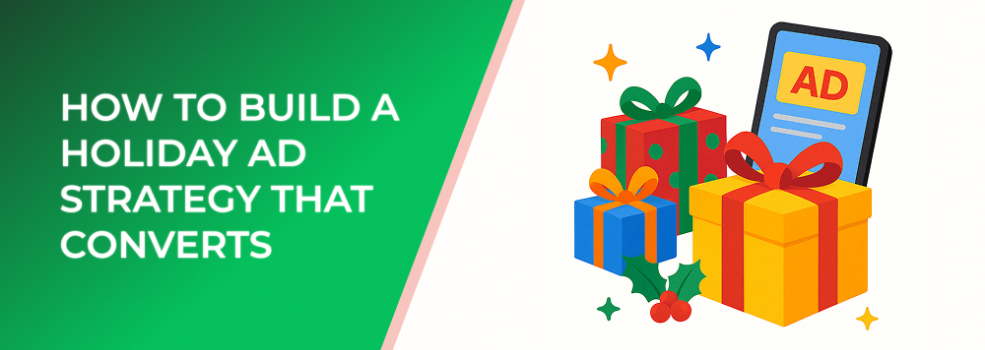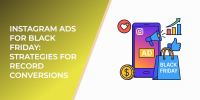The holiday season is the most competitive and lucrative time for advertisers. To help your brand stand out and drive measurable results, we’ve outlined a comprehensive strategy that blends audience insights, creative excellence, and data-driven optimization.
1. Start Planning Early
Successful holiday campaigns start months before December. According to Google, 37% of consumers begin holiday shopping before the end of October, and early shoppers account for nearly half of total seasonal spending. Waiting until late November to launch your campaigns can result in higher ad costs and lower visibility.
Action step: Develop your creative assets and audience lists by early fall. Use LeadEnforce’s scheduling tools to launch awareness ads in October and conversion campaigns closer to Black Friday and Cyber Monday.
2. Define Clear Goals and Metrics
Before launching, identify your primary objective—brand awareness, lead generation, or sales—and determine measurable KPIs. Research by HubSpot found that marketers who set specific goals are 376% more likely to achieve success.
Action step: In LeadEnforce, set up conversion tracking and UTM parameters to measure key outcomes like click-through rate (CTR), cost per acquisition (CPA), and return on ad spend (ROAS). Having real-time insights helps you adjust campaigns for maximum ROI.
3. Leverage Audience Segmentation and Personalization
Generic ads rarely perform well during the holidays. A study by Epsilon revealed that personalized campaigns deliver 80% higher engagement and 6x higher transaction rates. Customization helps your brand cut through the noise.
Action step: Use LeadEnforce’s segmentation features to create tailored ad sets for different customer groups—loyal buyers, new visitors, and cart abandoners. Personalize offers and messaging to match their purchase behavior.
4. Craft Emotionally Resonant Creative
The holiday season evokes strong emotions—joy, generosity, nostalgia—which makes storytelling crucial. Nielsen reports that ads with emotional content perform twice as well as those focused solely on rational messaging.
Action step: Design visuals and copy that connect emotionally, using warm color palettes, festive imagery, and relatable scenarios. Test multiple variations in LeadEnforce to identify which creative resonates most with your audience.
5. Optimize for Mobile and Speed
Mobile users dominate holiday shopping. Adobe Analytics found that 58% of online holiday purchases are made on mobile devices. If your ads or landing pages aren’t optimized, you risk losing valuable traffic.
Action step: Preview your campaigns across devices using LeadEnforce’s cross-platform testing tools. Ensure fast page load times, mobile-friendly layouts, and simple checkout processes to improve conversions.
6. Utilize Retargeting for High-Intent Shoppers
Holiday shoppers often browse multiple stores before purchasing. Without retargeting, 92% of first-time visitors won’t return. Retargeting ensures your brand stays top-of-mind.
Action step: Set up LeadEnforce retargeting campaigns for visitors who interacted with your holiday ads or viewed products. Offer time-sensitive discounts or free shipping to encourage quick conversions.
7. Monitor and Adjust in Real Time
Market dynamics shift rapidly during the holiday season. Smart advertisers continuously test and optimize. Data from WordStream shows that brands that perform weekly ad optimizations see 30% better performance.
Action step: Review your campaign analytics daily through LeadEnforce’s dashboard. Reallocate budget to high-performing ads and pause underperforming ones to maximize your ROI throughout the season.
Conclusion
Building a high-converting holiday ad strategy requires early preparation, personalization, and adaptability. With the right tools and insights, your brand can capture attention, convert leads, and sustain momentum well beyond the festive season.

